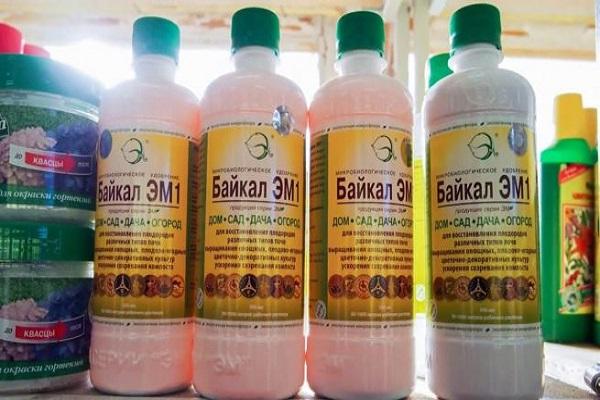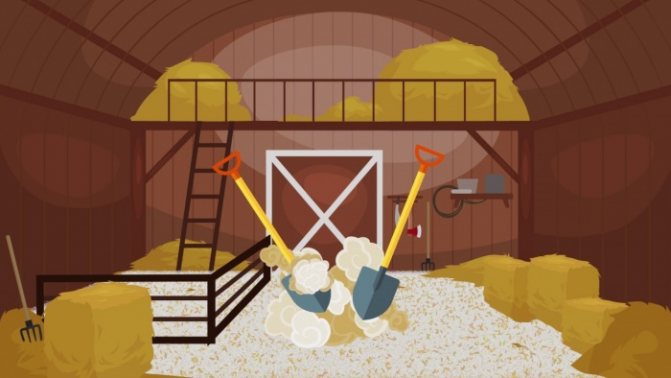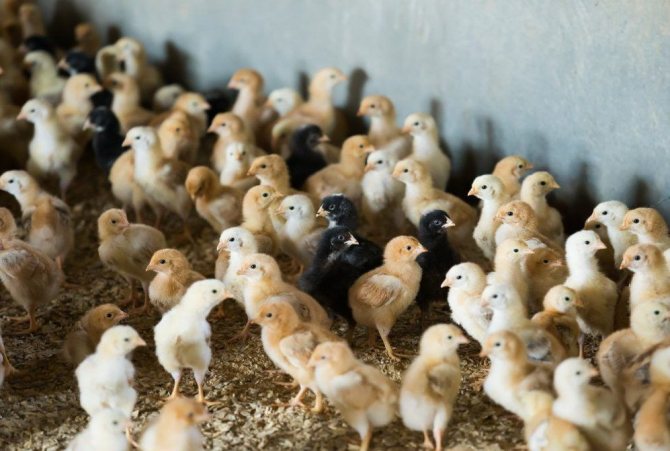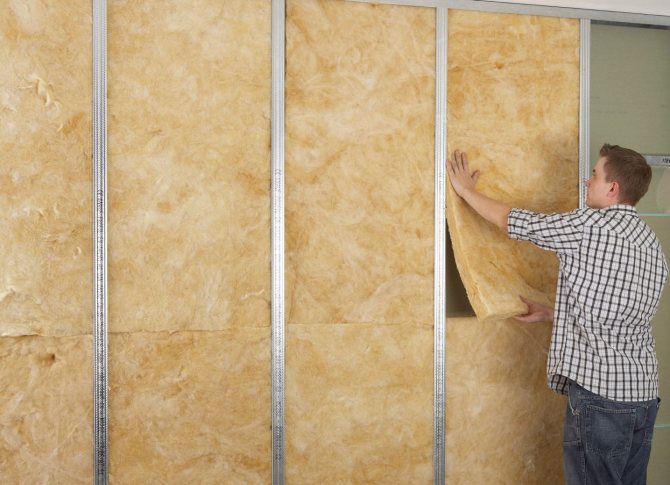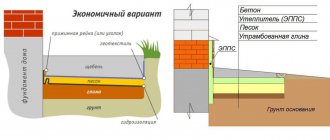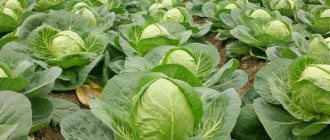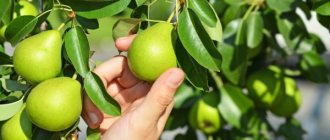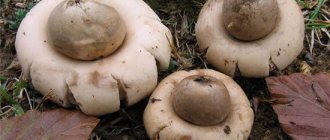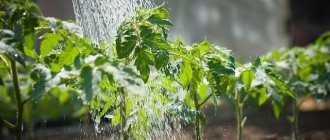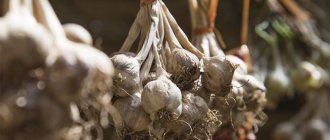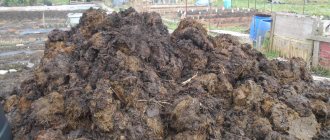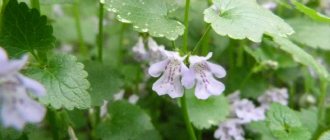»Poultry» Chickens »Bacterial litter for chicken coop
0
532
Article rating
When keeping poultry, the substrate must be changed frequently. Otherwise, favorable conditions are created for the development of pathogenic microorganisms. Because of them, the birds begin to get sick. Bacterial chicken coop litter can help alleviate this problem and has many other benefits.
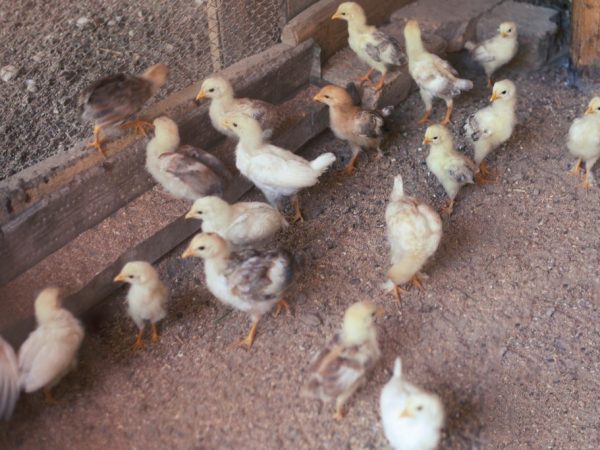
Bacterial litter for chicken coops
Pros and cons of litter with bacteria
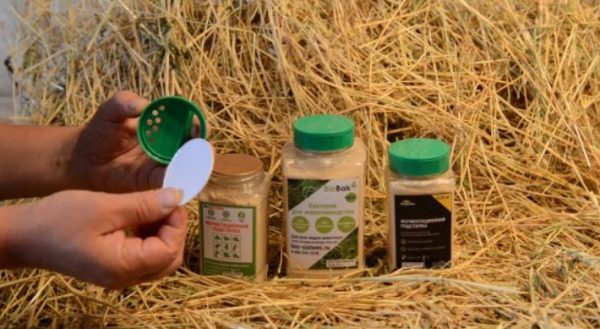

Various bacteria can be used for bedding in a chicken coop
The deep litter contains aerobic microorganisms that actively reproduce in an oxygen environment, preventing the spread of pathogenic microflora.
The use of this coating in a chicken coop gives the poultry farmer a number of advantages:
- changing the litter is not required for 2 or 3 years, which makes cleaning the chicken coop easier;
- there is no smell of ammonia, so the animals are in a comfortable environment;
- soft ground reduces the likelihood of injury to birds when jumping from high perches;
- lack of moisture in the room and the harmful effects of bacteria is the prevention of joint inflammation and the development of infection;
- fermentation of organic matter produces additional heat, even in winter it maintains a constant temperature of + 38 ° C;
- as a result of processing the base and dung, compost is obtained.
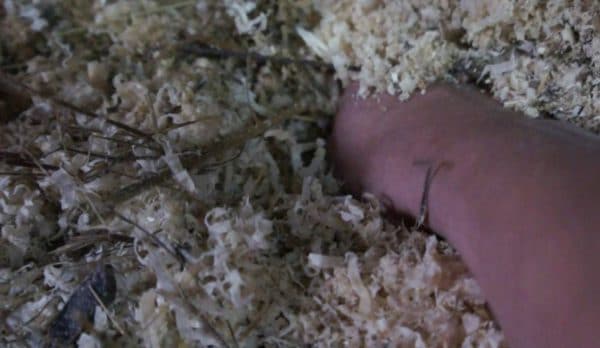

Fermentation bed
However, when using a bacterial substrate, farmers also note a number of disadvantages:
- high cost of goods;
- the need for additional ventilation, otherwise the humidity in the room increases in winter;
- long-term use makes it difficult to clean the house properly;
- imported goods do not always have a quality certificate (you need to be especially careful when buying goods from China).
Some poultry farmers notice that the dates stated by the manufacturer do not always correspond to reality, therefore, bacteria have to be added to the bedding material, which increases material costs.
Attention! If the chicken coop has wooden floors, it is not recommended to use a bacterial bedding: microbes can make the boards unusable.
Benefits
Fermentation bedding has several advantages over conventional chicken bedding:
- comfortable keeping of poultry;
- lack of unpleasant odors;
- additional heat generation;
- prevention of chicken diseases and the development of immunity to them;
- no need to clean the chicken coop;
- savings on space heating;
- formation of organic compost;
- the need to replace the litter once every 2-3 years;
- reducing the need for service personnel.
Correct organization of open-air broiler enclosures in the spring and summer
To read
Chickens in the summer at their summer cottage - the main points of keeping hens
More details
How to properly organize walking chickens in the rain
Look
Examples of products from well-known manufacturers
The bulk of the fermentation bedding is produced in China; there is a product from Russia and Europe on sale.
Some Russian companies only pack raw materials, sometimes slightly changing the ratio of enzymes or neutral additives.This affects the cost and dosage of the product per 1 m².


Fermentation bedding BioSide
What bio-litters are on sale:
- BioGerm... The composition of the German production in the form of a light brown powder. The drug contains not only 10 types of fermenting microorganisms, but also special fragrances that eliminate unpleasant odors. 35 g of the product is enough for 1 m². To start the coating, it is required to process a 25 cm layer of sawdust, then add another 20 cm of wood material, add the preparation and moisten the second layer.
- "Net-layer"... This product is from China, the structure contains lactic acid bacteria and synthetic enzymes, warming up the litter to a temperature of about +25 ° C. To start the fermentation process, no spillage of water is required, one package of 0.5 kg is consumed for 10 m² of the chicken coop.
- Biolatic Multi-25 and Multi-18... The manufacturer of the bioactivator is China, the drug is produced in the form of white granules, 1 kg is designed for 25 m², application is carried out by dry method or by moisturizing.
- BioSide. A product of the Russian company of the same name, the thermophilic bacteria with a dry start are included in the thermal bedding, heating the coating to + 20 ... + 25 ° C. Available in packages of 0.25 g, 0.5 g and 1 kg, which allows preliminary testing by purchasing a small package.
- "Baikal EM-1". Liquid concentrate based on live bacteria, yeast and fermenting fungi was originally created as a fertilizer. Poultry farmers began to use the property of microorganisms to process organic matter and generate heat. For the product to work, a glass of liquid is stirred in 10 liters of water, the litter is poured with a solution. The cost of the budget option ranges from 100-500 rubles, depending on the volume of the bottle and the presence of amplifiers.
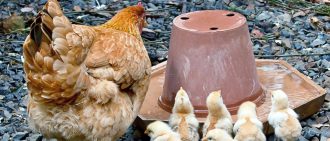

Be sure to read:
Drinking bowl for chickens and other birds: 5 great DIY options
Each farmer chooses the most appropriate option for a particular situation, taking into account the economy of dosage, price and product effectiveness.
Description of popular chicken coop bedding
Almost all litters on the market from different manufacturers are characterized by their effectiveness in use. The differences are in the form of production, the main active ingredient and the cost of the product. But some bedding is in particular demand among farmers. Let's consider them in more detail.
"Baikal EM-1"
Means "Baikal EM-1" is a product of domestic production, which makes it much cheaper than similar foreign drugs. In terms of quality and efficiency of application, it is in no way inferior to its foreign counterparts.
At first, the agent was used to fertilize plants, but later it was used to organize bacterial bedding for animals. The drug makes it possible to process bird droppings throughout the day. One glass of "Baikal EM-1" should be diluted in a ten-liter bucket and the prepared bedding should be wetted with the resulting solution.
Video: "Baikal em-1" application for a chicken coop
"Net-Plast"
Bacteria for bedding "Net-Plast" - Chinese production, based on synthetic enzymes and fermented milk bifidobacteria. Litter based on this product does not warm up above +25 ° C, but in practice, this is quite enough for comfortable keeping birds.


The attractive thing about Netto-Plast is that the preparation is easy to use: it only needs to be mixed with the bedding layer. Watering is not required. A package of bacteria is enough to handle litter up to 10 square meters.
Did you know? Chickens are capable of memorizing more than a hundred faces, recognizing the owner from a distance of ten meters or more.
BioGerm
Bacteria "BioGerm" are of German origin and are presented in the form of light beige or brownish granules.The composition of the drug, in addition to bacteria, also includes fragrances that can maximally eliminate the unpleasant odor in a room where chickens are kept.


Apply "BioGerm" step by step in two steps. First, the granules are scattered over the substrate layer, irrigated with water. After a few days, everything is repeated again. Only then can the chickens take up the litter. For a square meter, 35 g of granules should be provided. The substrate with the use of BioGerm lasts up to two years.
Did you know? In the last century, a case has already been recorded twice when a chicken was able to lay an egg with 9 yolks inside. One of these cases occurred in the United States, the other in the USSR.
Use of biological bedding
To get the most out of your substrate, it's important to use it correctly:
- Before using the product, the house is disinfected with caustic soda or lime.
- Provide optimal humidity in the room, taking into account the work of the litter, no more than 60%; ventilation is installed to eliminate condensation.
- Bacteria are activated only in the tree layer, so sawdust is used to create the coating. It is allowed to add chopped straw or seed husks as an economy, but not more than 30% of the bulk.
Bacteria live only at positive temperatures, therefore, to maintain the vital activity of organisms in the winter, the room is insulated.
Important! The correct size of sawdust should be selected, wood waste of the middle fraction (3 cm) is suitable, small raw materials are quickly pressed, forming dense lumps. Coarse shavings are slowly impregnated, preventing bacteria from multiplying.
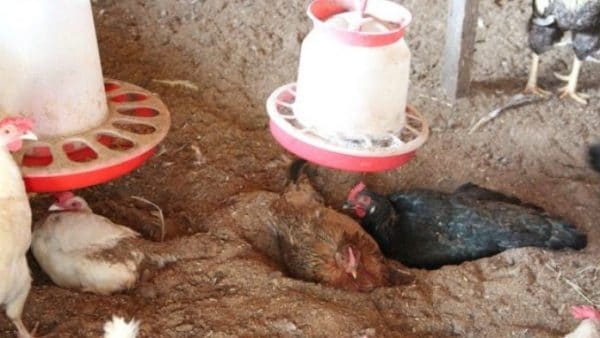

Bacteria live only at positive temperatures, therefore, to maintain the vital activity of organisms in winter, the room is insulated
It is important to start the litter correctly, then the fermentation processes will begin quickly, and the material will perform its functions efficiently:
- The coating is laid in the warm season, the optimal period is the beginning, mid-autumn. In winter, the room is heated, the raw materials for the litter are kept warm, the layer of sawdust for quick heating should not exceed 15 cm.
- The floor is lined with material in accordance with the instructions, the indicated thickness is given taking into account the compacted layer: 10 cm is additionally added by 20 cm.
- Spread the composition evenly over the surface if required by guidance, spray with water to wet the base and mix thoroughly with a shovel. If necessary, add sawdust and repeat the manipulation.
After 6-7 days, when the temperature of the litter rises, the chickens are launched.
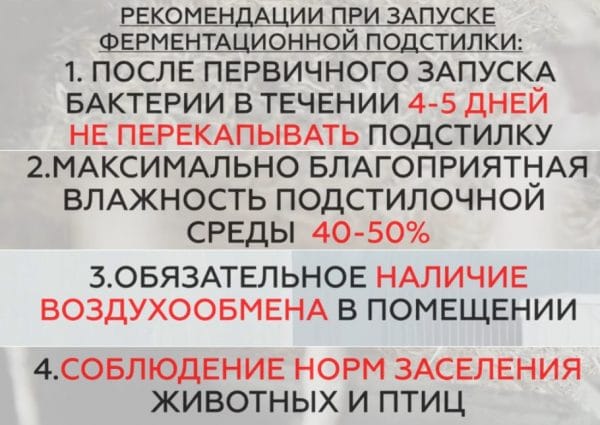

Recommendations for starting up a fermentation bed
Important! After the coating preparation procedure, bacteria actively multiply, therefore, during this period, the base is not loosened.
Terms of use
In order for microorganisms to efficiently process organic matter and not die, it is required to monitor their condition and maintain activity.
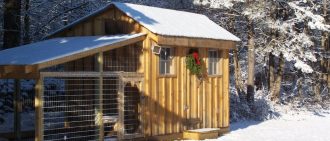

Be sure to read:
How to cheaply insulate the walls, floor and ceiling of a chicken coop for the winter: different heating methods, photos and videos?
What recommendations should be followed:
- Regularly loosen and dig up the coating to its full depth after 7 days to provide the lower layers with oxygen, since anaerobes cannot exist without air.
- Adhere to the norms of the number of poultry populations, otherwise, with a lack of droppings, microorganisms do not have enough nutrition, when starving, it is necessary to add manure. An excess of the number of inhabitants of the poultry house leads to an excess of feces, this negatively affects the viability of bacteria, and becomes the cause of their death.
- Moisten the litter in the summer, as the substrate dries out in the heat, which creates a destructive environment for unicellular organisms.
- Organize high-quality ventilation, since the fermentation process is accompanied by the release of moisture.Increased dampness reduces oxygen penetration, as a result of which bacteria die, the risk of developing fungal and pathogenic flora increases.
- Insulate the chicken coop for the winter, because living microorganisms cannot reproduce at low temperatures.
- It is important to change the composition of the coating no later than indicated in the instructions. After processing, pathogenic microflora begins to develop in the compost.
When fighting bird parasites and rodents, insecticides and pesticides should not be allowed to get on the litter: the action of toxic substances will destroy the fermenting properties of the substrate and lead to bird poisoning.
Attention! When bacteria starve, top dressing is prepared by mixing st. l. preparation and 1 kg of granulated sugar. After digging, the floor in the poultry house is watered with a solution.
How to properly lay a bed for chickens
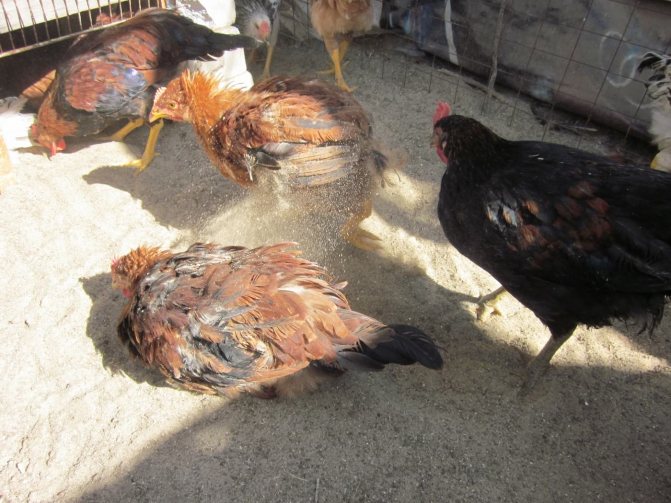

It will take 5-7 days for the bacteria to start. At this time, the coating is not touched, waiting for the start of the process in a deep layer. The recommended poultry stocking rates are observed. If it is not enough, then due to the lack of droppings, some of the microorganisms will die, as well as with an excess of feces.
- Since a lot of moisture is released into the air due to the work of bacteria, it is recommended to equip the room with forced ventilation.
- Sometimes feeding with a sweet solution is required.
- To do this, mix 1 kg of sugar with a tablespoon of microorganisms, add water, and then water the bedding after loosening.
To grow a herd, you need not only the correct bedding, but also provide other conditions for keeping.
Common bedding misconceptions
Advertisers claim that by running the litter once, the material will process the manure for 3 years without additional effort and cost. After the end of fermentation, an excellent fertilizer for the garden and garden is obtained.
What is the misconception:
- Practice has proven that after a month there is a decrease in the activity of bacteria. To restore the productivity of organisms, it is required to periodically introduce a new portion of the drug, the dosage is half the original norm.
- As for the beneficial properties of fertilizer, ammonia is a source of nitrogen for plants. - processed by bacteria. Therefore, the substrate obtained in the fermentation process will improve the structure of clay soil, but it does not work as a supplier of a chemical compound.
- The use of litter requires compliance with prerequisites. Turning over and loosening, humidification in summer due to drying, and addition of manure when there is not enough droppings and for heating during winter cold snaps to prevent the death of bacteria.
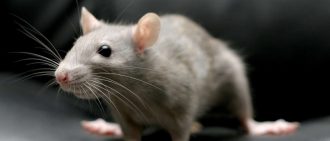

Be sure to read:
How to get rats out of a barn: effective methods of dealing with folk remedies and chemistry
For large farms, this option is not suitable due to high costs and labor costs.
Output! A bacterial bed is an acceptable option for small farms, mainly for keeping poultry. It will not eliminate manual labor, but it will help warm the house in the winter cold. It will be necessary to restore the activity of organisms on a monthly basis, to create a new coating annually, which increases the planned costs.
Is there a difference between fermentation and biological bedding with bacteria?
This is a different name for one product containing bacteria, which ferment organic waste in the course of their life.
Can the bedding be used for other animals, such as piglets
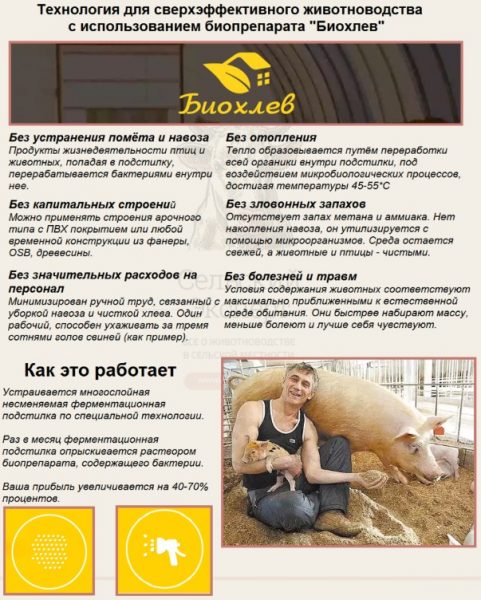

Biohlev
Manufacturers claim that bio-litter is suitable for keeping not only poultry, but also farm animals: pigs and cattle.
There are produced categories of goods specifically for animals (for example, "Animal Farm"), which do not require moistening with water, since the activation of microorganisms-coprophages occurs when the urine and faeces of cattle are absorbed.
The bacterial complex additionally includes:
- amino acids and proteins;
- nutritional organics, enzymes;
- mineral complexes.
Due to the heat generated by the coating when growing pigs, the indicators change:
- the weight gain of piglets increases by 3%;
- feed consumption is reduced by 10%;
- the incidence of young animals is significantly reduced.
There is no need to change the diet, it is recommended to add more fiber-containing foods to the food in winter


Nettoplast
But it is impractical to place bedding throughout the corral, since pigs go to the toilet in one place. We'll have to scatter the droppings to provide food for the microorganisms.
If the substrate is organized only in the latrine area, you need to constantly add sawdust due to excess waste and high humidity.
Is it possible to use needles in the bedding of chickens
Needles are often used as bedding material due to the availability and content of useful components. For chickens, it can be used, but in order to avoid injury to the paws with sharp needles, it is required to grind well.
Important! A coniferous substrate in a chicken coop or the use of greens as a feed additive is allowed if the harvesting of raw materials took place with a minimum concentration of tannins in the plant. This period lasts from November to March.
Classification
People have been engaged in poultry farming for a very long time, and during this period the inhabitants of rural areas have got used to using a large amount of materials as bedding. Modern science does not stand aside and works to improve the quality of coatings. If we talk about the basic requirements, then preference should be given to materials with the following properties:
- looseness;
- looseness;
- ability to absorb moisture;
- retention of unpleasant odors.
The litter can be thin or deep (non-replaceable).
The first option is equipped with a small amount of material scattered on the floor. It is most commonly used in the summer to soften the floor surface. This option greatly facilitates indoor cleaning.
The second type is more suitable for the winter months. The depth of the litter can be up to half a meter. This coating will keep the hen house warm. When materials start to become contaminated, they are mixed with poultry waste. As a result, natural biochemical processes begin and heat is released. When the layer is compacted and trampled down, it is necessary to add more to reach the initial level.
You can fill up the chicken coop in September, when the weather is warm and dry. Full harvesting takes place in late spring, after the threat of frost has passed. Used bedding materials can be applied in the garden as fertilizer.
Bacterial litter care tips
The fermentation composition will work more efficiently and last longer if you adhere to the following recommendations.
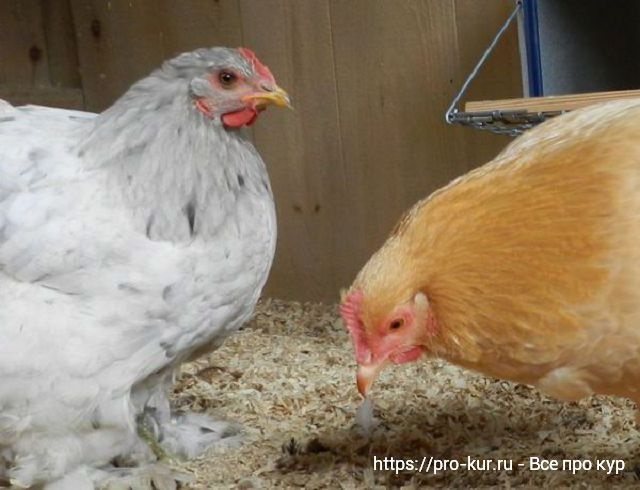

- Loosen the PSU regularly at 3-day intervals (this is not necessary during the first week of operation). Neglect of such an event will cause the death of microflora. Loosening increases the amount of oxygen in the litter. We remind you that BP is represented by aerobes;
- teach chickens to loosen the bedding. To do this, periodically sprinkle grain on it (a little);
- create and maintain optimal (60 percent) relative humidity in the hen house before starting the power supply unit. This indicator of the microclimate is monitored using a psychrometer. If the concentration of moisture exceeds the maximum allowable rate, use superphosphate - sprinkle on straw (sawdust). Consumption of funds - 1 kg / sq. M. Then form a new layer of straw;
- fermentation bedding for chickens, according to the information on the package, serves for several years. In fact, the effectiveness of microflora is gradually fading away. Therefore, a reasonable solution would be to periodically refresh the product. The following feeding will be useful for bacteria: water + BP (20 g) + sugar (1 kg). It is infused for two to three hours and poured onto a loosened bedding.
How to use straw
It is worth giving preference to straw obtained from cereals. Such materials are very soft and have warming properties, which is what is needed for the winter period. The straw can be supplied with whole ears, which will please the inhabitants of the chicken coop. Material change is carried out every 7 days. Some farmers use straw mats on the floor in the chicken coop.
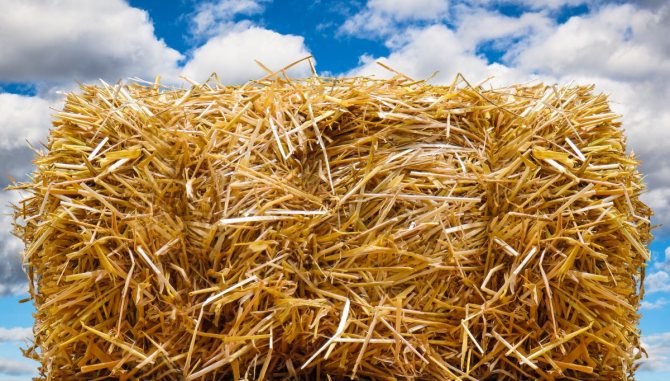

Straw
Straw cutting is in second place after straw. It has excellent absorbent properties, and therefore there will be no excessive moisture in the poultry room. Lay the straw in an even layer so that no gaps arise. When cleaning, it is recommended to store used material as far as possible from the room with birds in order to prevent the development of diseases.
Conditions for use
The effectiveness of the fermentation bed depends on the conditions of use. In order for the biomaterial to perform its own functions, it is necessary to provide:
- working ventilation, which will prevent condensation from settling on sawdust or straw;
- constant supply of oxygen, which requires regularly (every 5-6 days) to stir up the litter;
- humidity at 25%.
See also
Step-by-step instructions for creating a pen for walking chickens with your own handsRead
If a deep substrate is laid in the chicken coop, then the bird population should not exceed five individuals per square meter.
After the expiration date (indicated on the package), the bedding can be used to fertilize the plants without additional processing.
